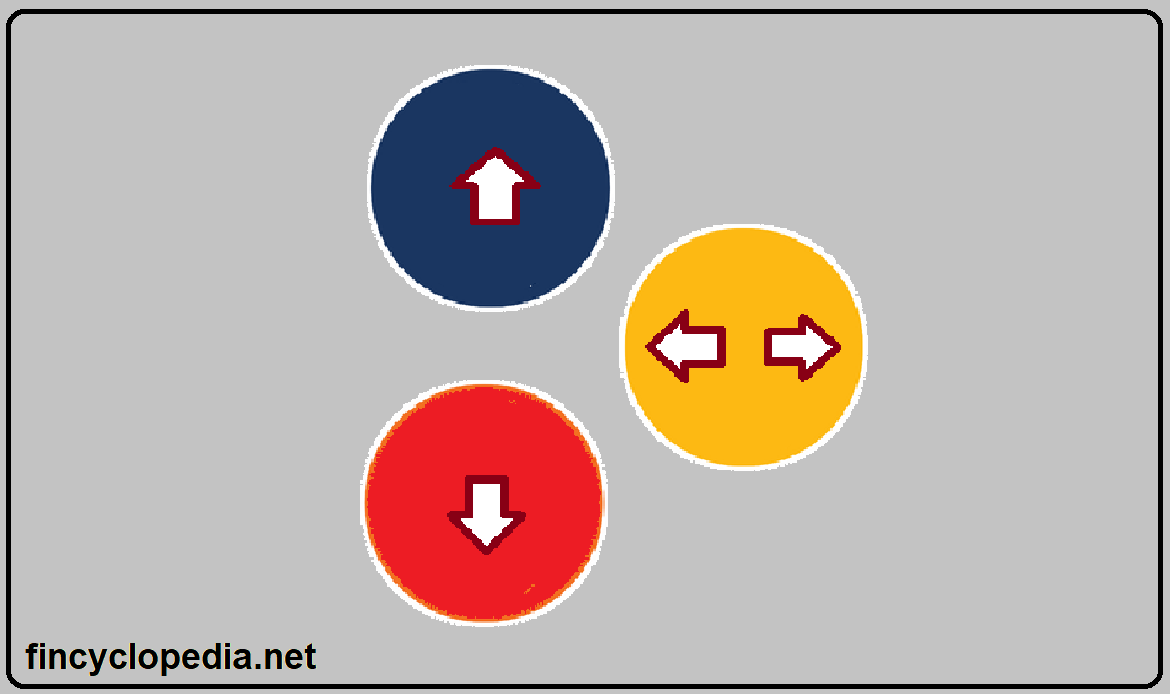A valuation allowance is an allowance created by an entity for the purpose of offsetting the amount of an asset. It is an accounting allowance that reduces the gross cost of an asset to arrive at the net cost (the net balance that appears on the statement of financial position as a carrying amount).
An example of valuation allowance is accumulated depreciation: the balance of accumulated depreciation is deducted from the original cost of an asset to arrive at its book value or carrying value. Another example is the valuation allowance for deferred tax assets/ DTAs (which results in a net deferred tax asset): it represents a portion of total deferred tax assets that an entity considers in its own judgment unlikely to be realized.
Broadly, valuation allowances include ordinary amortization, extraordinary amortization and write-up (impairment changes), direct write-off, direct elimination, periodic reduction, and so on.







